It's Callaway launch time, so that means it is Doc Hoc time! At the launch of the Callaway Epic driver and fairway, I met Dr Alan Hocknell, their SVP of R&D to get the QT on the Epic.
Alan we have the new Epic driver here and that is quite a powerful name so what is it that makes this so special for you?
Epic was actually the code name for this driver in R&D and it was all about setting ourselves really high standards, going beyond where are normal thinking would take us to and to think differently to create something really remarkable.
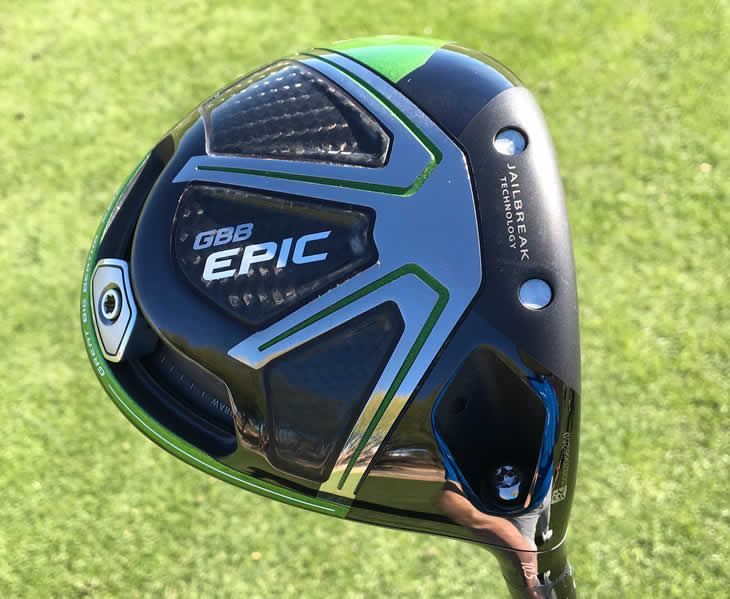
It also represented the level of endeavour at the end that it actually took to make this driver, so we thought that it was worthy of the name just because everything we had been through in actually creating it.
A lot of the story is centred behind the two Jailbreak titanium bars you have behind the centre of the face. How did you discover this feature?
It was a long journey, about a four year journey in fact, that started out in a place that we didn’t understand, almost genuine research for once. There was an effect we saw in the Big Bertha Alpha driver with its vertical gravity core sitting inside a vertical carbon tube inside the head that connected the sole and the crown. It didn’t connect them anywhere near the face, but we saw something different in our computer models we didn’t quite understand about the way that body and the face related to each other in impact with the golf ball.
It would have been quite easy to ignore that, but instead we went away and researched what that was, asking ourselves the question is there something there that we don’t understand that is maybe counter-intuitive to the way we normally design driver faces that could lead us to a different place.
Luckily we are resourced well enough to be able to go and do that and through a lot of computer simulations and physical prototypes we came up with this arrangement of two titanium rods that connect the sole and the crown in a position immediately behind the face.
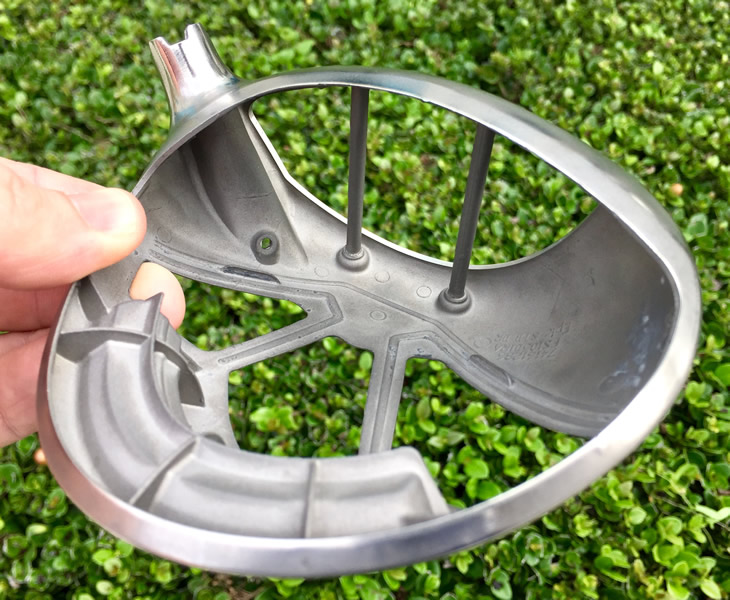
Their job is to add vertical stiffness to the head so when the ball and the clubface are in contact with one another they are being stretched and are in tension and the resist the temptation of the body to want to stretch as well. If we can make that stretching less and make the head stiffer in the vertical direction then we actually get more flexibility in the face. If the face flexes more when it is in contact with the ball, then the energy transfer to the ball is more efficient and you get more ball speed which means more distance.
We’ve heard a lot about flexible faces and there is a limit on it that you were at before, so how can this be flexing more if you were already at that limit?
Well, this is the important part about this. The vertical stiffness that we have increased here really makes the face flex more when it is in contact with the golf ball in a regular impact and that increase in efficiency of impact really gives us the boost in ball speed while still conforming to the CT test.
There are two Epic models the standard and the Sub Zero. In the standard model you’ve got the sliding weight around the back. Can you show me why you’ve done that?
Yes. Both the drivers have weight in important positions to attack different problems that golfers might have when they come to decide between drivers in the fitting process.
The standard model features weight that moves in a track around the perimeter which means the weight is always contributing to MOI no matter where it is.
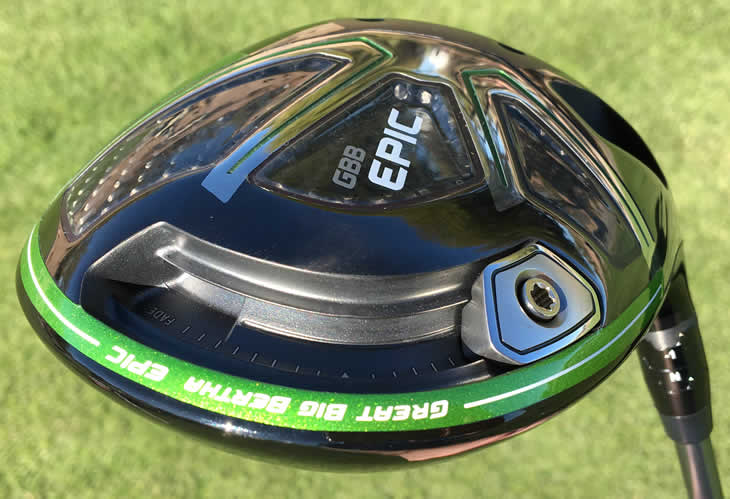
This is a heavier 17g weight than we have had before in a shorter track which overall makes it more efficient. Given that there is a bigger throw of being able to move the ball left or right in flight to counteract player’s difficulties with direction.
The Sub Zero model doesn’t use the track and the perimeter weighting and instead it has a heavy and a light weight in two distinct positions, forward and back, really aiming at lowering even further the centre of gravity position.
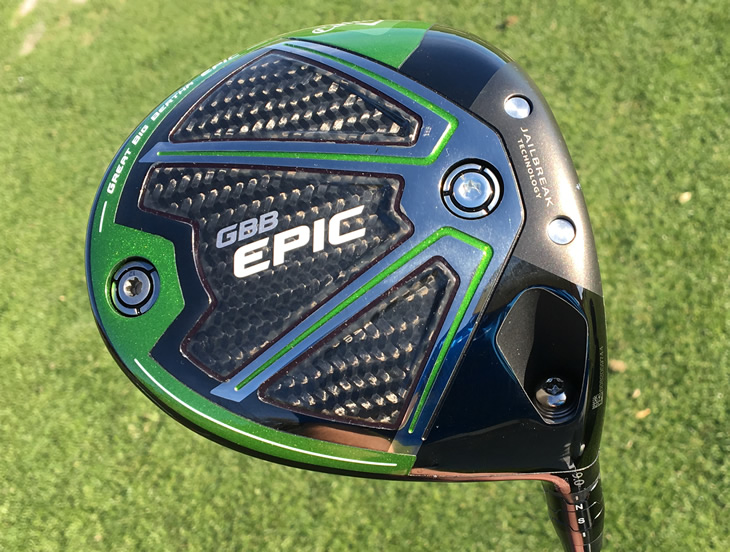
The Sub Zero driver is unique in that low CG and low spin drivers have also really been low forgiveness drivers up until now as they have had low MOI with a lot of weight used to get the CG low. The structure of the Epic driver means that we can have high MOI and low CG for the first time, so it is a bit of a paradigm shift in performance for low spin drivers.
So between the two you’ve got options in fitting now that average golfers could use the Sub Zero driver because it is so forgiving, whilst at the same time being able to use the standard model to fit whatever is their primary concern for enhanced performance to them as an individual.
The perimeter track it must take up more weight with its construction so why have you gone for that rather than fixed weights in the standard Epic?
Well, we love the feedback we get about the ability it gives you to move the weight just a small amount to tune in any one person’s particular ball flight so versus fixed weights this gives greater flexibility. Certainly a lot of the feedback we have had over previous models is that the people who do the fittings really like the ability to make small adjustments.
You mentioned MOI and we are seeing some numbers mentioning 8000-9000g/cm², but is the MOI limit not 5900?
That would be measured on one axis alone so if you take the club head and measure it in the open/close direction then that is the axis that the limit on MOI really refers to. But MOI is also really important in the loft/de-loft direction because when you don’t hit the centre of the face usually a combination of both of those axes come into play.
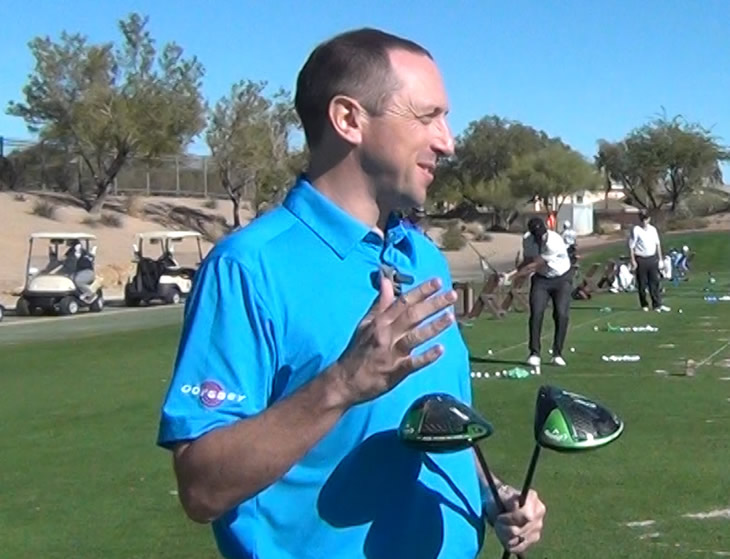
If you hit high toe or low heel for example the open/close and the loft/de-loft MOI are both in action so we decided to add those two figures together to illustrate what we have achieved with the Epic drivers and numbers around 8000 are really high, particularly for drivers that have adjustability in them as well and it is made possible because of the structure of the head.
The Exo-Cage in titanium combined with the Triaxial carbon is really the lightest stiffest structure that we can devise to take weight from the centre part of the head and the crown part of the head and move it to the back or the front.
There is also an Epic fairway wood that doesn’t have the Jailbreak bars behind the face, so can you explain why that is?
If you look at the aspect ratio of a fairway wood face it is relatively shallow top to bottom relative to its width and also it is a lot smaller than a driver face, so if you don’t hit the centre of a fairway wood face automatically you are much closer to the perimeter of the face and that makes it very important that the fairway wood face has a very flexible perimeter.

So while Jailbreak is about stiffening the head vertically, it is specific at the moment to driver head shapes and instead with the fairway we are focusing on the flexibility of the boundary and for that we use our Forged Face Cup. We’ve been able to engineer that to be thinner in the boundary than we have before that gives us more flexibility effect and more ball speed.
The Epic fairway wood also has the Triaxial carbon in the crown so it is the lightest crown we have ever had weighing less than 6 grams and allows us to displace a lot of weight from an inefficient position and put it in a place where we can get higher MOI and a better CG position. So if you like it has the same DNA as the driver, it is very forgiving and easy to hit with enhanced ball speed from the face, but it does it without using the Jailbreak technology.
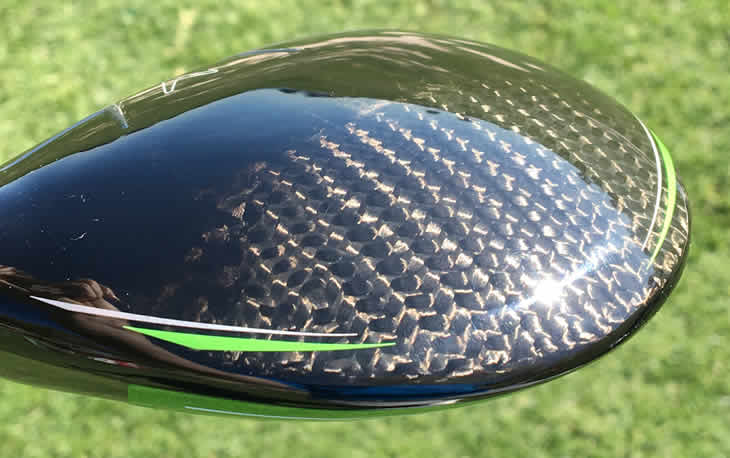
So is it still the same concept of having the stiffer sole and crown to create those effects or is it a different concept?
It is really more about flexibility as you hit the fairway wood off the turf a lot so naturally there will be lower on the face impact locations so we really want reprising flexibility not only of the striking surface but of the area immediately behind it. Now is there a chance that Jailbreak could appear in a fairway wood in the future, of course, but just at the moment the technology is not mature enough.
More From Callaway